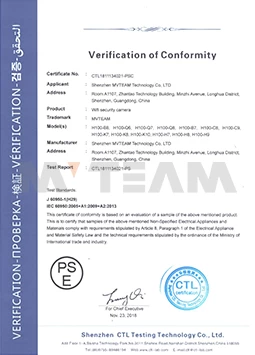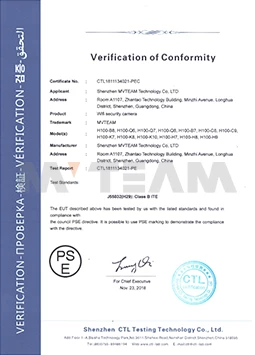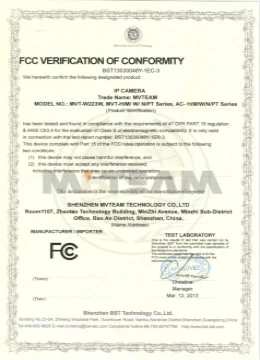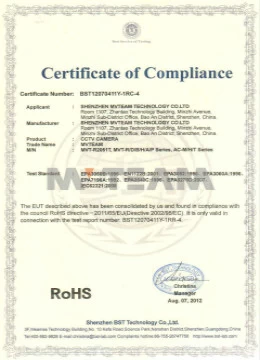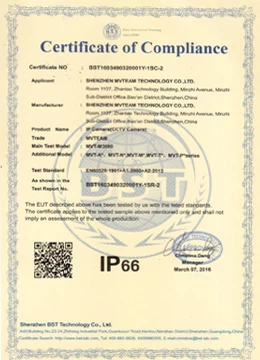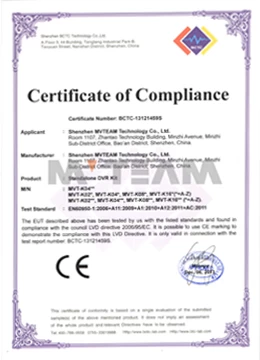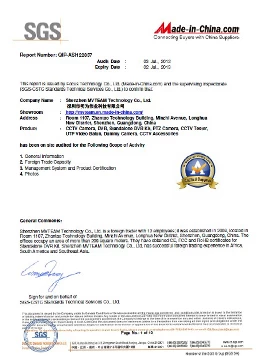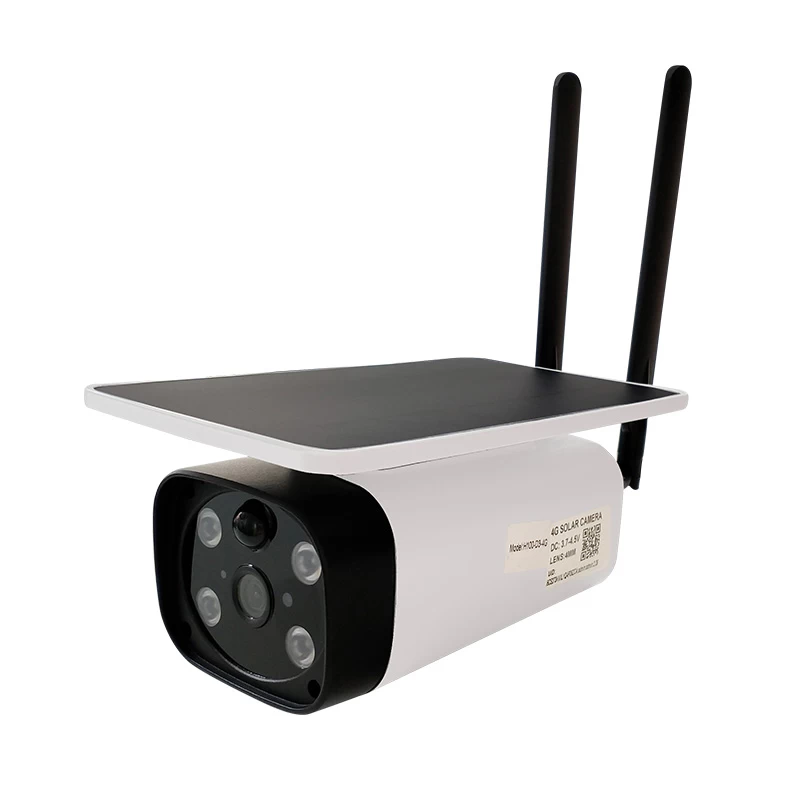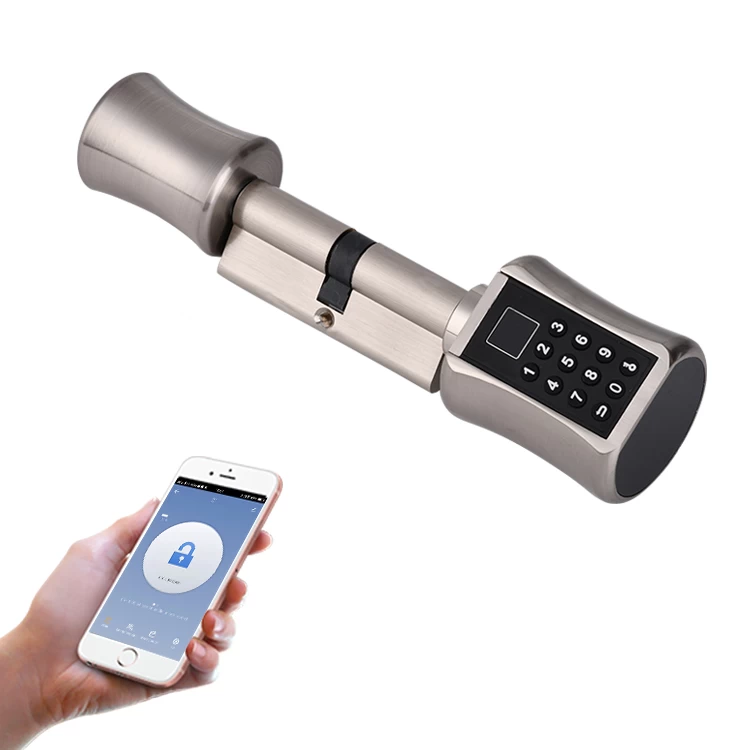Winter Maintenance Tips for CCTV Surveillance System
Grace
www.mvteamcctv.com
2017-06-16 14:48:05
Seasonal maintenance for your cctv surveillance system does not take a lot of time, but is extremely important. This is especially critical during the wintertime, because cold temperatures and harsh weather conditions can impact the performance of your system. Following are some tips of maintaining and protecting cctv suveillance system for your reference.
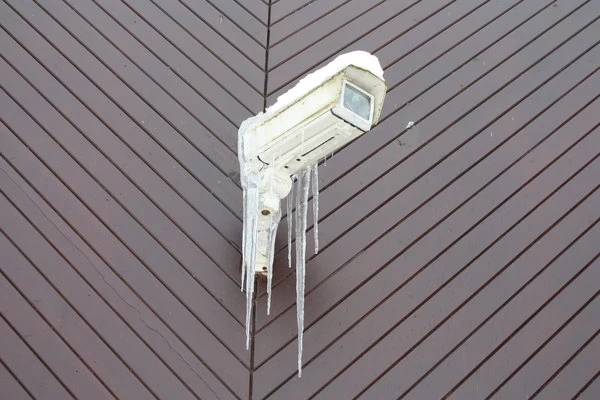
1. Check the enclosures of CCTV cameras
Take a good look at the enclosures and CCTV camera housing. Are the enclosures still providing weather protection? Look for any signs of exterior damage, including dents or gaps. Then, open up the camera housing and look for signs of water, condensation, ice, or dirt that may have built up inside of the enclosure. If you find any of the aforementioned elements inside of your camera housing, it’s a clear indicator that the housing is no longer providing optimal protection, and may need to be replaced.The snow or ice that accumulates on your camera enclosure also need be regularly clear away throughout the season.

1. Check the enclosures of CCTV cameras
Take a good look at the enclosures and CCTV camera housing. Are the enclosures still providing weather protection? Look for any signs of exterior damage, including dents or gaps. Then, open up the camera housing and look for signs of water, condensation, ice, or dirt that may have built up inside of the enclosure. If you find any of the aforementioned elements inside of your camera housing, it’s a clear indicator that the housing is no longer providing optimal protection, and may need to be replaced.The snow or ice that accumulates on your camera enclosure also need be regularly clear away throughout the season.
2. Clean and Inspect Camera Lenses
It’s important to inspect the camera lenses, to make sure they are clean and damage-free. Elements such as dirt and dust, along with various weather conditions such as sleet and snow can impact the visibility of your cctv camera lenses.
To clean the camera, you can start by spraying a can of compressed air onto the lens to gently blow any loose dirt or debris off it. If the camera lens has any smudges, you can gently wipe it with a microfiber cloth to remove the smudges.If any spots remain, you can dampen a small area of the microfiber cloth with a bit of plain water and gently go over the lens again with the damp cloth, and wipe the lens with a dry cloth, or let it air dry.
It’s important to inspect the camera lenses, to make sure they are clean and damage-free. Elements such as dirt and dust, along with various weather conditions such as sleet and snow can impact the visibility of your cctv camera lenses.
To clean the camera, you can start by spraying a can of compressed air onto the lens to gently blow any loose dirt or debris off it. If the camera lens has any smudges, you can gently wipe it with a microfiber cloth to remove the smudges.If any spots remain, you can dampen a small area of the microfiber cloth with a bit of plain water and gently go over the lens again with the damp cloth, and wipe the lens with a dry cloth, or let it air dry.
3.Install an extreme temperature camera
Extreme temperature cctv cameras are engineered to perform seamlessly during the heat of the summer and during the frigid winter months. Such camera usually is with a built-in heater and extreme temperature operating range, can ensure uninterred operation when the temperatures rise and fall.The built-in heater helps to protect the camera’s electrical components, prevents fogging and condensation, and keeps it operational in freezing temperatures. The all-weather construction supports a wide temperature operating range so that the camera is able to withstand sub-zero temperatures.
Extreme temperature cctv cameras are engineered to perform seamlessly during the heat of the summer and during the frigid winter months. Such camera usually is with a built-in heater and extreme temperature operating range, can ensure uninterred operation when the temperatures rise and fall.The built-in heater helps to protect the camera’s electrical components, prevents fogging and condensation, and keeps it operational in freezing temperatures. The all-weather construction supports a wide temperature operating range so that the camera is able to withstand sub-zero temperatures.
4. Examine cables of the whole system
Look for any signs of cable fraying, or wear-and-tear, exposed wires. If there is any fraying, tearing, or wires that are exposed—you need to promptly replace the damaged cables. Inspect cabling to confirm that all of your cables have a secure connection and your cameras and recorders are receiving power.
Look for any signs of cable fraying, or wear-and-tear, exposed wires. If there is any fraying, tearing, or wires that are exposed—you need to promptly replace the damaged cables. Inspect cabling to confirm that all of your cables have a secure connection and your cameras and recorders are receiving power.
You can also deter water or moisture from pooling up inside of your security cameras by creating a U-shaped drip loop with your camera cables. A camera drip loop prevents water from seeping in and forming a puddle of water inside of the cameras.
5. Inspect connectors of cameras
Carefully inspect all of the connectors to ensure that there is no sign of damage or corrosion. Replace any connectors that are corroded, damaged or do not form a secure connection to the equipment.
Carefully inspect all of the connectors to ensure that there is no sign of damage or corrosion. Replace any connectors that are corroded, damaged or do not form a secure connection to the equipment.
6. Remove dust from the DVR/NVR
A layer of accumulated dust can have an effect on the performance of the video recorder, so it’s important to keep it clean and dust-free. If there is any accumulated dust on the top of the enclosure—wipe it away with a clean microfiber cloth.You can also use a can of compressed air to gently blow air into the recorder’s enclosure.
A layer of accumulated dust can have an effect on the performance of the video recorder, so it’s important to keep it clean and dust-free. If there is any accumulated dust on the top of the enclosure—wipe it away with a clean microfiber cloth.You can also use a can of compressed air to gently blow air into the recorder’s enclosure.
7. Inspect all power supplies
Frequently inspecting the power supplies will ensure that the equipment hasn’t lost power due to a storm, tampering, power outage, or other event.
Frequently inspecting the power supplies will ensure that the equipment hasn’t lost power due to a storm, tampering, power outage, or other event.
8. Check sight obstructions of cameras
Look for trees, shrubs, or braches that block the view of your video cameras. If there any obstructions from landscaping, or other elements such as snow banks, holiday decorations, or icicles—promptly remove any of the objects that impede a clear view from the camera lens.
Look for trees, shrubs, or braches that block the view of your video cameras. If there any obstructions from landscaping, or other elements such as snow banks, holiday decorations, or icicles—promptly remove any of the objects that impede a clear view from the camera lens.
Related Articles:






